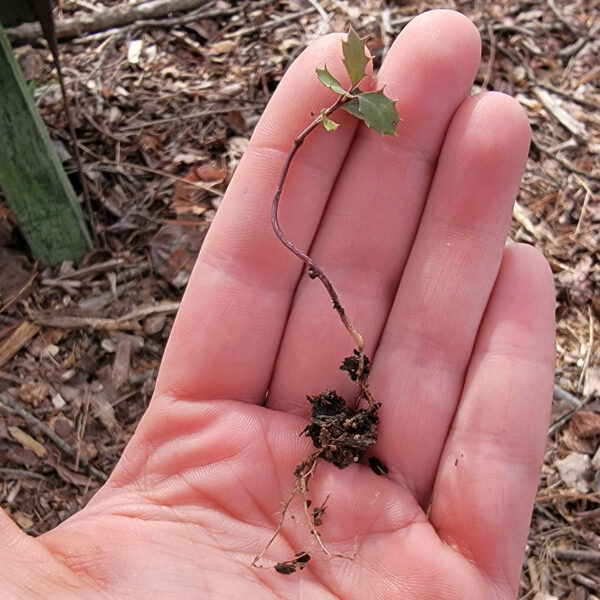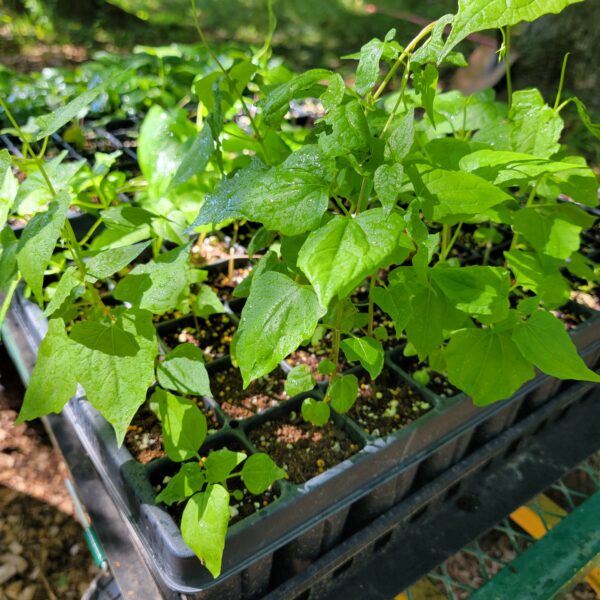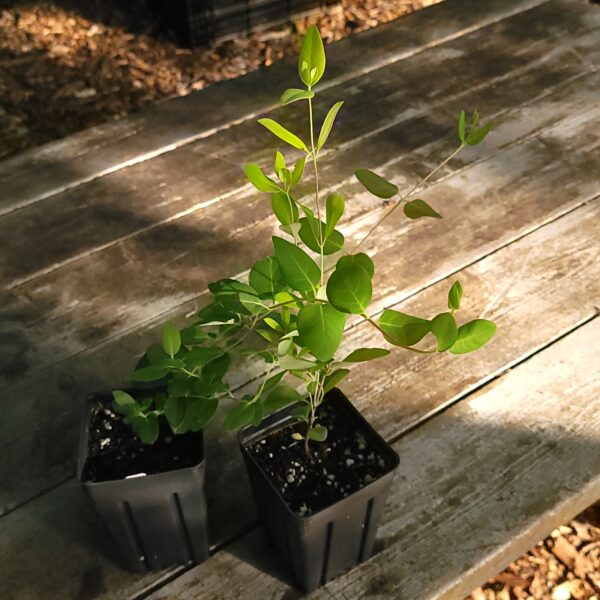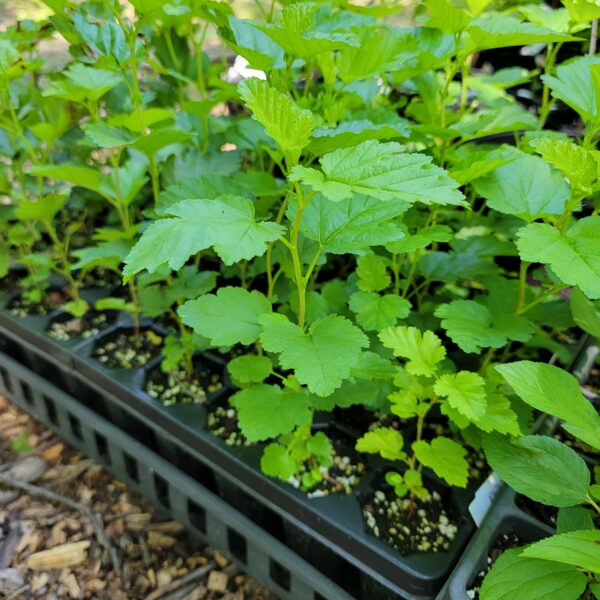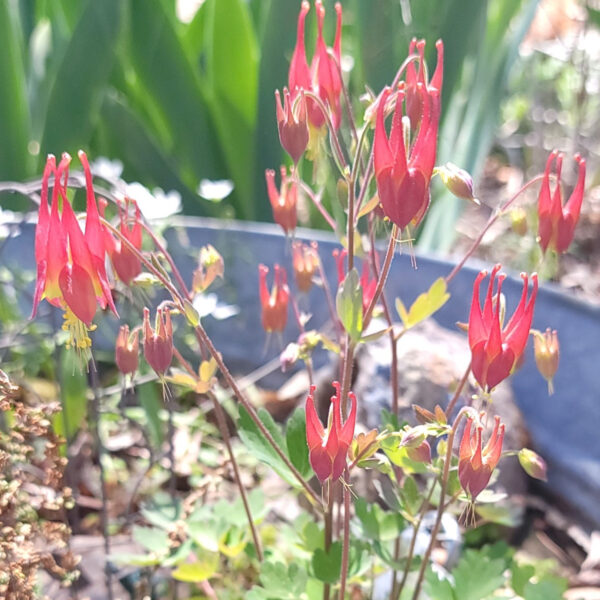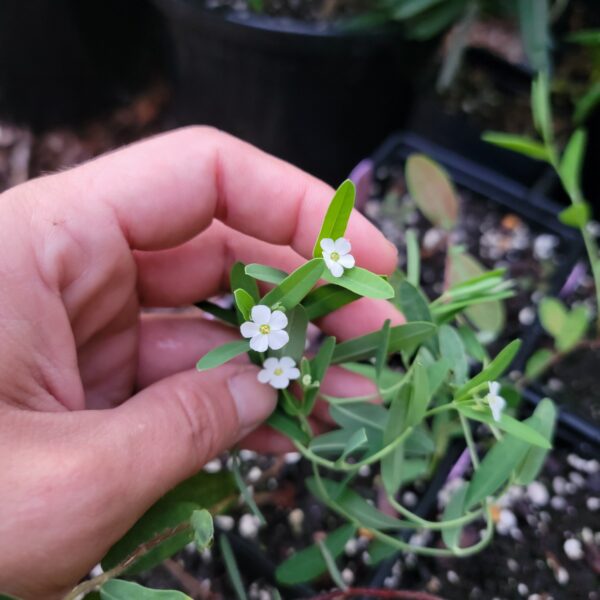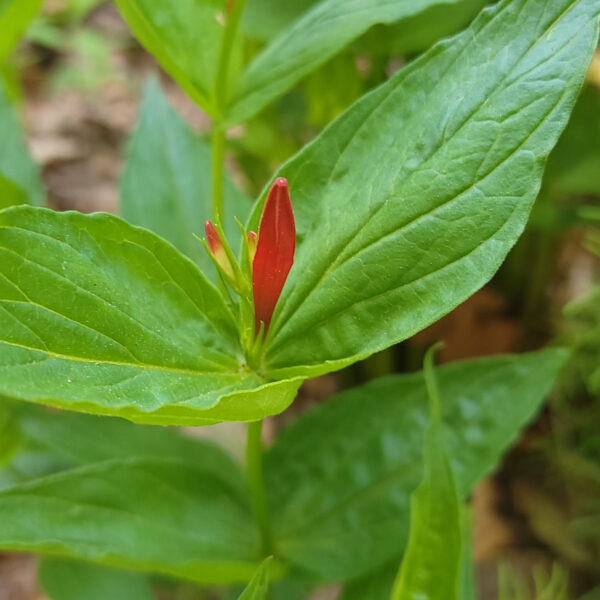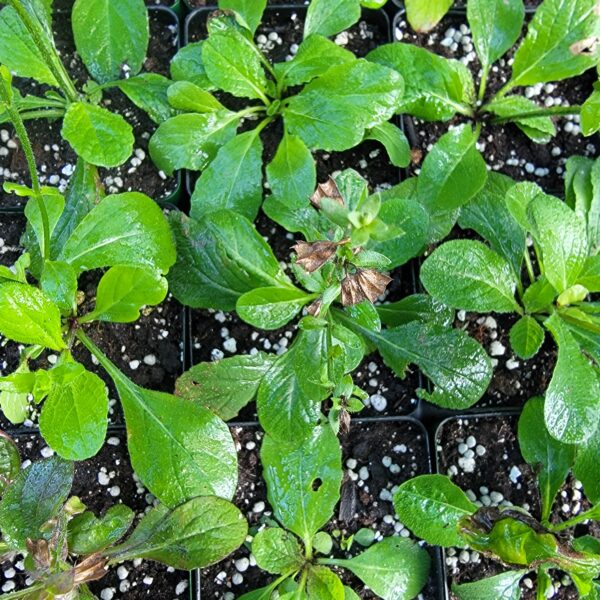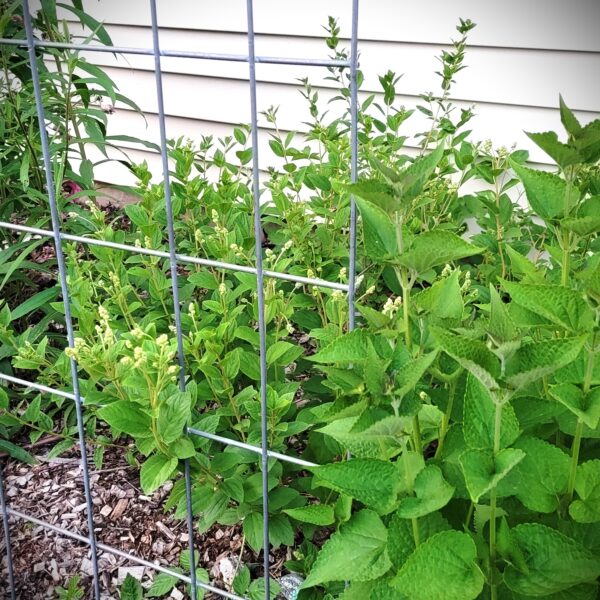Showing 1–12 of 20 results
Filter-
American Holly
$8.00 – $16.00Price range: $8.00 through $16.00 Select options This product has multiple variants. The options may be chosen on the product pageAmerican holly trees are extremely slow-growing trees. However, as a keystone species, it is worth growing at least one or two on your property.
-
Blue Sedge
$6.00 Add to basketBunny Blue Hobb isn’t the only blue sedge in town. Carex glaucodea, actually called blue sedge, commonly grows in damp shady eastern woodlands.
-
Eastern Ninebark
$8.00 Add to basketSky pilots bend on mountain side
Dark as the black hawthorn—
A horned lark rests on the ninebark—
Between the two we’re torn.
– Glen Enloe -
Eastern Red Columbine
$8.00 Select options This product has multiple variants. The options may be chosen on the product pageEastern columbines of all kinds! Little Lanterns is dwarf and compact, standard (available later 2025) is what you’re used to seeing.
-
Lyreleaf Sage
$8.00 Add to basketLyreleaf sage is the only sage known to be native to southeastern Pennsylvania. This evergreen attracts pollinators and does well in a native lawn.
-
New England Aster
$10.00 Add to basketSeed grown New England asters, 2nd year plants potted in 4-inch deep pots, ready to be planted and grown. These are one of the PA keystone species.
-
New Jersey Tea
$5.00 – $8.00Price range: $5.00 through $8.00 Select options This product has multiple variants. The options may be chosen on the product page

